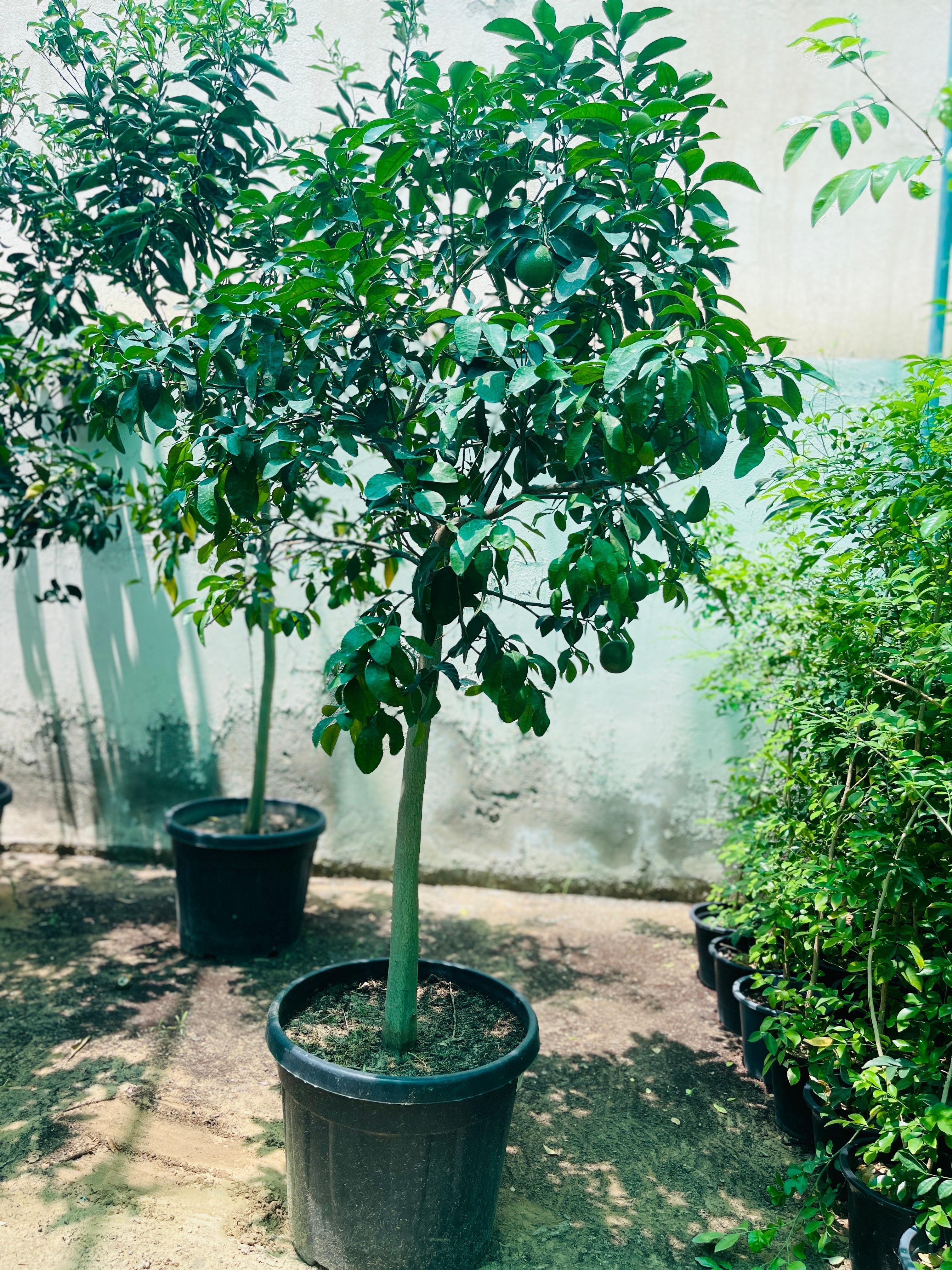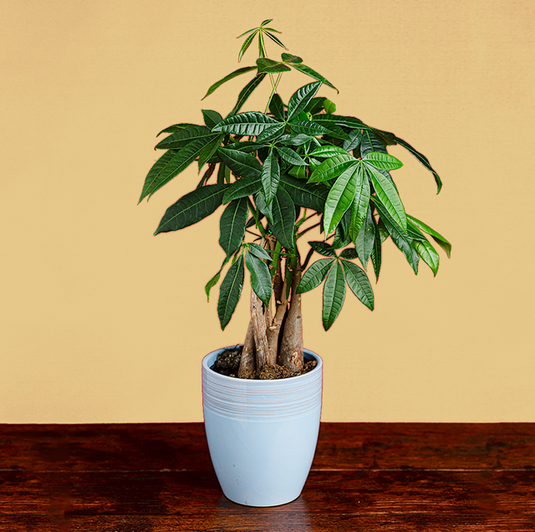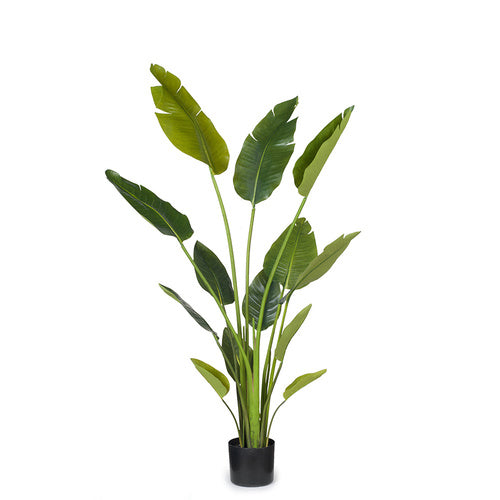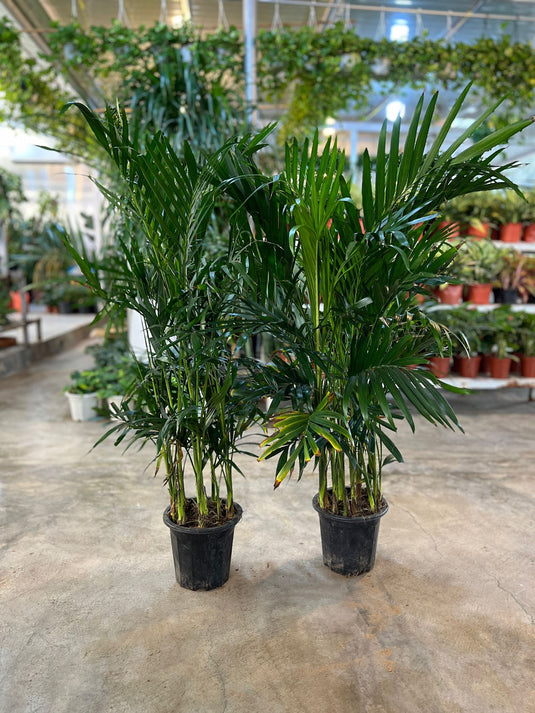Spanish Lemon
- Healthy Arrival Guarantee
- Free Plant Care Consultation
- Safe & Secure Payment

We will send you a notification as soon as this product is available again.
-
Estimated delivery: Dec 08 - Dec 12
-
Free return within 7 days of purchase.
Plant Description
The Spanish Lemon plant, scientifically known as Citrus limon, is a fruit-bearing tree valued for its juicy and tangy lemons. The global market for lemon plants is projected to reach approximately $15 billion by 2030.
Spanish Lemon Plant: 5 Health and Wellness Benefits
1. High Vitamin C Content
The Spanish Lemon plant produces lemons that are an excellent source of Vitamin C, essential for immune function and skin health. Research indicates that adequate Vitamin C intake can help reduce the risk of chronic diseases (Carr & Maggini, 2017).
2. Antioxidant Properties
The lemons from the Spanish Lemon plant are rich in antioxidants, such as flavonoids and phenolic compounds. These antioxidants may help protect the body against oxidative stress and inflammation (Valko et al., 2007).
3. Culinary Versatility
The fruit produced by the Spanish Lemon plant is widely used in various culinary dishes, enhancing flavors in both sweet and savory recipes. Its juice and zest are commonly used in dressings, marinades, and beverages (García-Salas et al., 2010).
4. Soil Improvement
Growing Spanish Lemon plants can enhance soil quality through their root systems, which help prevent erosion and promote biodiversity in the soil ecosystem. A study highlighted the role of citrus plants in improving soil structure (Dumroese et al., 2016).
5. Natural Pest Repellent
The essential oils derived from the Spanish Lemon plant can act as natural pest repellents, reducing the need for chemical pesticides. Research shows that citrus essential oils can deter various pests effectively (Suh et al., 2012).
Disadvantages Supporting Benefits
· The Spanish Lemon plant is sensitive to cold temperatures, which may necessitate protective measures in cooler climates.
· The availability of lemons from the Spanish Lemon plant is typically seasonal, requiring careful planning for harvest times.
· Growing the Spanish Lemon plant may require sufficient space in gardens or orchards, highlighting the need for appropriate site selection.
· Regular pruning and care are needed to ensure the health and productivity of the Spanish Lemon plant, which emphasizes commitment to cultivation.
Frequently Asked Questions
1. Is the Spanish Lemon plant a good source of Vitamin C?
Yes, the Spanish Lemon plant produces lemons that are rich in Vitamin C, beneficial for immune health.
2. Do lemons from the Spanish Lemon plant have antioxidant properties?
Yes, they contain antioxidants that can help combat oxidative stress and inflammation.
3. Can Spanish Lemon plants be used in cooking?
Yes, their fruit is highly versatile and used in various culinary applications, enhancing flavor in many dishes.
4. Do Spanish Lemon plants improve soil quality?
Yes, they can enhance soil quality through their root systems, promoting better soil structure.
5. Can essential oils from Spanish Lemon plants repel pests?
Yes, the essential oils from these lemons can effectively deter various pests, reducing pesticide use.
Final Verdict: Should I Buy the Spanish Lemon Plant?
Yes, purchasing a Spanish Lemon plant can be beneficial due to its nutritional value, culinary versatility, and potential for enhancing soil quality.
Plant Care
Watering
Water your plant once a week or when the soil starts to feel slightly dry on the surface. Keep the soil consistently moist, but be careful not to overwater, as this can cause brown spots and leaf drop. If the leaves become curly or dry, it's a sign that the plant needs water. It's best to water your plant in the early morning or late evening when the temperatures are cooler. Always check the soil before watering.
Light
Provide bright indoor light or indirect sunlight for about 6 to 8 hours a day.
Temperature
Maintain temperatures between 18°C and 24°C. Avoid exposing the plant to drafts, as these can cause undesirable temperature fluctuations. Mist the plant occasionally, about twice a week, to help maintain optimal humidity levels.
Fertilizer
Apply liquid fertiliser every 15 days when the plant is actively growing. For best results, use Folikraft ready-to-use Indoor Plant Food.






















